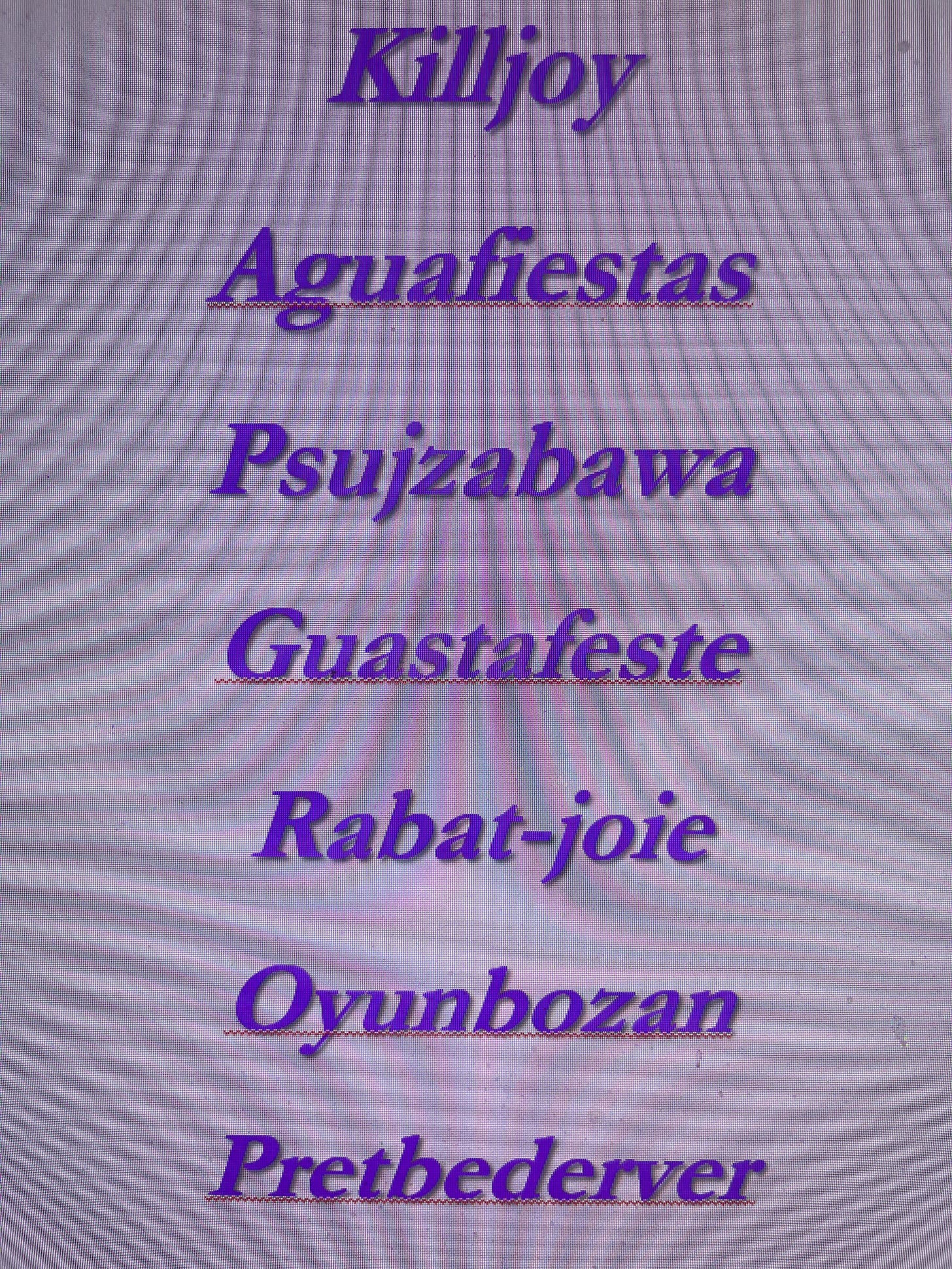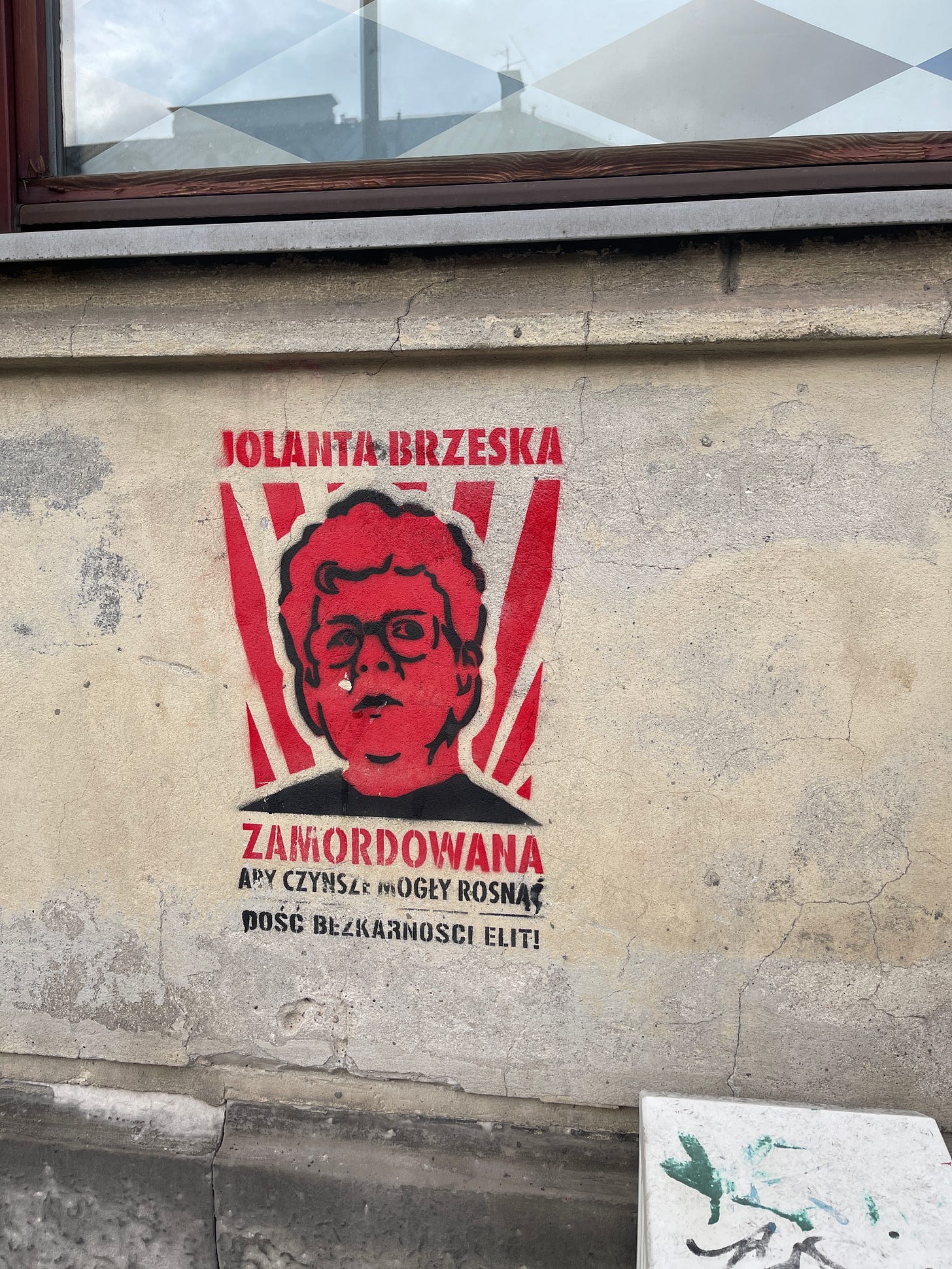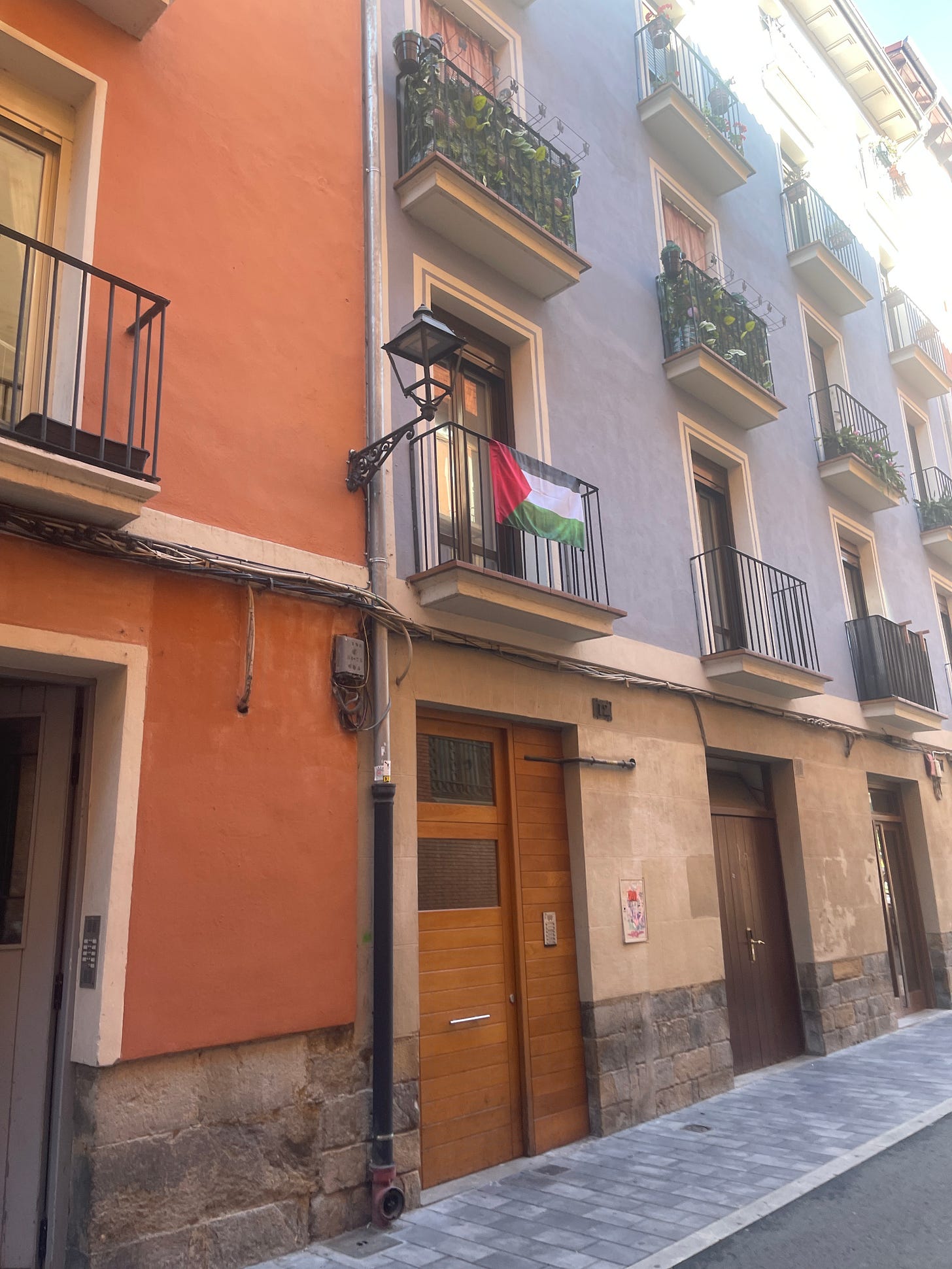Travelling with Feminist Killjoys
This post is dedicated to all the killjoy translators out there doing their thing!
When I decided to write a trade book, I was told I needed to find an agent. I had no idea how to find an agent!
But then I remembered I had been contacted earlier by an agent, Nicola Chang. After reading Living a Feminist Life, she had written me a letter asking if I was interested in writing a trade book. I was in the middle of working on Complaint! at the time. I was too immersed in the data, not ready to come up for air, even to think about writing another book in another way.
That letter meant I had a lead. So, Niki became my agent and guided me through the process of finding a trade publisher. I needed a guide: trade publishing is a rather different world from academic publishing. I still find myself confused and bemused.
One unexpected and important consequence of having the rights to The Feminist Killjoy Handbook held by an agency (rather than handing world rights over to a publisher) is that I became more involved with translations of my work. I ended up in direct correspondence with editors and translators from many different publishing houses.
Translation can be a form of travel: moving words and ideas between languages. Not everything moves across. So, something else happens.
One form of travel can lead to another. I have since travelled to different places to talk about how killing joy can be a world making project. And a queer project.
“Travelling with Feminist Killjoys” was the title of the first virtual lecture I gave on The Feminist Killjoy Handbook back in February 2023. I was thinking at the time of how the feminist killjoy as a figure has been my travelling companion in research and also in life.
The title has now acquired a different resonance.
Hence this post.
When I have gone to different places to talk about feminist killjoys, I was following a path they opened for me.
In Spain, I met for the first time editors from two publishing houses. I met with folks from Bellaterra on a trip to Barcelona for the Literal Book Fair in March (I also met one of the translators, queer writer and activist, Javier Saez del Alamo) and Caja Negra on a trip to Pamplona for the “Los Encuentros” fair and Bilbao in October. It was wonderful to make these connections!
In Paris, I worked with translators (and queer writers, activists and artists!) Emma Bigé and Mabeuko Oberty in three events at a radical bookshop/community centre, a queer bookshop and an art gallery, back in March. Emma and Mabueko co-translated posts from my blogs given the name “Queer Vandalism” as well as The Feminist Killjoy Handbook. At each of these events, we found different ways of working between languages, and across differences.
What creativity, what solidarity; more killjoy connections!
Killjoys in translation.
There was an argument at one of the Paris events about whether the spirit of the killjoy was “caught” by the translation.
I could not catch the words myself. But I heard the heat of a tussle.
That’s a killjoy way of working: we generate heat.
Here are some translations:
Most recently in November, I travelled to Warsaw and met folks from Wydawnictwo Krytyki Politycznej who have published two of my books this year. I had two killjoy-filled events the first at the publishing house; the second at the Museum of Modern Art in its new premises. More killjoy inspirations!
I was glad to read Magdalena Kunz’s preface to the Polish edition of The Feminist Killjoy Handbook. She reflecting back on the difficult conversations they had about how to translate the killjoy; the road that led to settling on psujzabawa was, perhaps unsurprisingly, bumpy rather than smooth. It might tell us something about killjoys that they are hard translate! She writes, “Did I ultimately love her as my own? Yes: psujzabawa is, after all, my translation child: wayward and stubborn - but that's why she is so special and extremely dear to us. It's not easy to persevere in a relationship with her: she comes and goes; she can be our sister, our dearest friend, a source of support and strength, a ray of hope; but she can also pick up, tear down and destroy, turn our world upside down without looking back. From time to time, you can step into her shoes, but it is impossible to become a psujzabawa once and for all.”
Feminist killjoys: if we sometimes step into their shoes, they too might step on ours.
So many steps in each journey. Each one, precious. Even an ouch.
There are many steps in how feminist killjoys move through different translations.
I will be going to Rome next week to meet with editors from Fandango Libri. Although I will not be speaking at Piu' libri più liberi as originally planned (I addressed Italian feminists in sharing this decision), I will be at a feminist bookshop, a gender and diversity lab and a feminist cultural centre (you can find the details of all three events on my Instagram). And I am also glad to be attending an event in Birmingham on February 26, 2025 on the ethics of translation organised by Michela Baldo, who co-translated two of my books into Italian (details to follow).
Travelling with feminist killjoys. More shoes. More steps.
To feminism.
In Warsaw, I was taken on a feminism and activism tour by FemFund. That’s the way to see a city! We walked the streets and stood outside buildings where people had protested and fought for freedom. Are still fighting. I heard about the protests against restrictions on abortion. I heard about protests against the reprivatisation of public buildings.
I learnt about the protests where they happened.
I heard about Jolanta Brzeska, a tenant rights activist who was murdered in 2011, and how she became a symbol of resistance. And then, just after that conversation, we encountered Jolanta’s image on a wall.
The image probably appeared there and then because the prosecutors had just announced that the investigation into her death was being discontinued.
Yes: the walls talk.
We hear their wisdom.
An ear to the wall.
We also went to the gates of Warsaw University, where students had assembled earlier in the year to form a Palestinian Solidarity Encampment. It felt right to walk to the university, to stand in front of the main gates, but not enter.
Go to the door not through it.
To be there as to bear witness.
When I was Pamplona, I walked around the old city taking photographs of Palestinian flags.
This is one. There were many.
Palestinian flags as companions. The more, the heavier.
To travel not as travelling lightly. But with weight.
Loving your companions.






